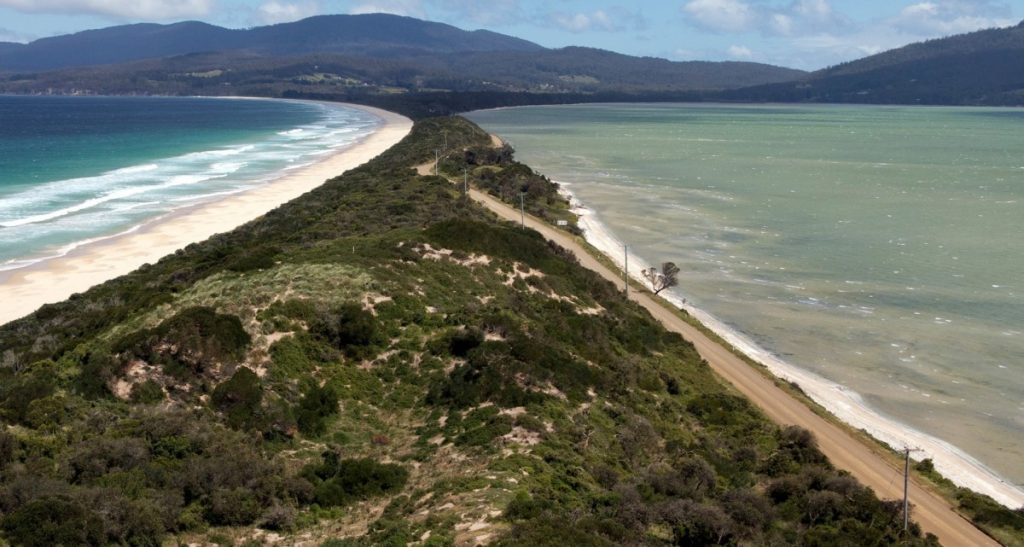Demanding stability – The innovation allowance powering change
While the cost of energy is subject to ever increasing scrutiny and public commentary, not much is heard about the projects network businesses are implementing to help bring prices down for customers. We take a look at two innovative demand management trial programs, part funded by the Australian Energy Regulator’s Demand Management Innovation Allowance, designed to reduce bills and improve services by shifting consumption away from peak periods and bypassing the need to build more infrastructure.
Customers at the centre of demand management trials
EmPOWERing You Trial
Tasmania’s TasNetworks has rolled out smart meters to 600 residential customers in an off-market trial designed to help participants understand how much they could benefit from a cost-reflective network pricing structure.
The trial is being conducted in an area with a growing population that is facing network constraints which may require significant capital expenditure. Lessons learned from the emPOWERing You trial may help TasNetworks minimise, defer or even avoid some of this expense.
After gathering baseline interval data for 12 months, TasNetworks introduced demand-based time-of-use pricing in order to gauge customers’ willingness and ability to change their electricity use in response to the cost reflective price signal.
At the end of each month, TasNetworks compares the network charges that each trial participant incurs under a flat-rate network tariff (the existing tariff system) with what their charge would be under a more cost reflective tariff. Participants are billed on the cheaper of the two tariffs and are encouraged to shift electricity usage to off-peak times and stagger appliance use, resulting in potentially large savings.
Analysis has indicated that 75 per cent of customers would pay less or the same amount for their use of the network under a more cost-reflective pricing structure. This finding supports TasNetworks’ consideration of putting new residential customers on a time-of-use network tariff instead of a flat-rate tariff.
Significantly, the preliminary findings of the qualitative social research demonstrate that improved communication, education and access to information helps customers to better understand time-of-use pricing options and builds improved levels of trust with the network business.
Battery Storage on Bruny Island
In association with Reposit Power and several Australian universities, TasNetworks is also trialling the use of solar panels with batteries and advanced battery control systems on Bruny Island, south of Hobart. The Bruny Island trial aims to relieve pressure on an underwater electricity cable supplying the island and reduce the use of diesel generators at peak times.
With the help of funding from the Australian Renewable Energy Agency (ARENA), about 40 residential customers have installed solar panels and battery storage. Each system utilises a Reposit Power algorithm which responds to prices by determining times when it should:
- use the stored electricity in the home;
- export electricity to the grid; and
- store electricity for future export or use.
Figure 1 – Bruny Island neck, supplying southern Bruny Island

Image supplied by TasNetworks
The trial has developed world first technology that allows the batteries to work together, acting in concert to benefit customers and the network in ways that wouldn’t be possible with individual systems operating in isolation. The customers are engaged to help solve the problem and are financially rewarded for their contribution.
The technology has already delivered positive results, with the dispatch of battery electricity reducing the need for costly local diesel generation on the Island. The benefit to the network with advanced controls coordinating an active demand response is much greater than only having a time-of-use tariff where customers use their battery independently.
National demand management innovation
The Demand Management Innovation Allowance (DMIA), which has helped fund the emPOWERing You and Bruny Island trials, is an important tool to develop new technology solutions and refine existing techniques. Distributors have been allocated more than $37m over five years to fund demand management projects. Forty one projects received funding approval under the DMIA in 2016-17, covering everything from trialling systems to remotely control air conditioners and pool pumps to acquiring additional data which will better support future projects.[1]
Similar to these projects influencing demand on a smaller scale, there are targeted efforts to incorporate demand management solutions at a system level.
Energy Networks Australia and the Australian Energy Market Operator (AEMO) are collaborating to improve demand management and the network planning capabilities of the system as a whole. The Open Energy Networks project is looking at identifying and coordinating distributed resources throughout the grid[2]. Currently AEMO and the network businesses have no visibility of where distributed resources such as small-scale solar or batteries are located on the network. This makes it difficult for AEMO and network businesses to forecast what future supply and demand might look like.
If the distributed resources can work together in harmony, they will be valuable assets to the system instead of an impediment to network planning and will deliver greater value to the customers who invest in them. A large consultation process, including multiple workshops across four cities, has recently ended, with an actions report to be released later this year.
With the noise of keeping power prices down getting louder and more prominent, network businesses are continuing to be proactive in finding innovative solutions and exploring further models to reduce costs and capture more of these gains into the future.
[1] Australian Energy Regulator, Decision, Approval of Demand Management Innovation Allowance (DMIA) expenditures by distributors in 2016–17 and 2017, July 2018.

